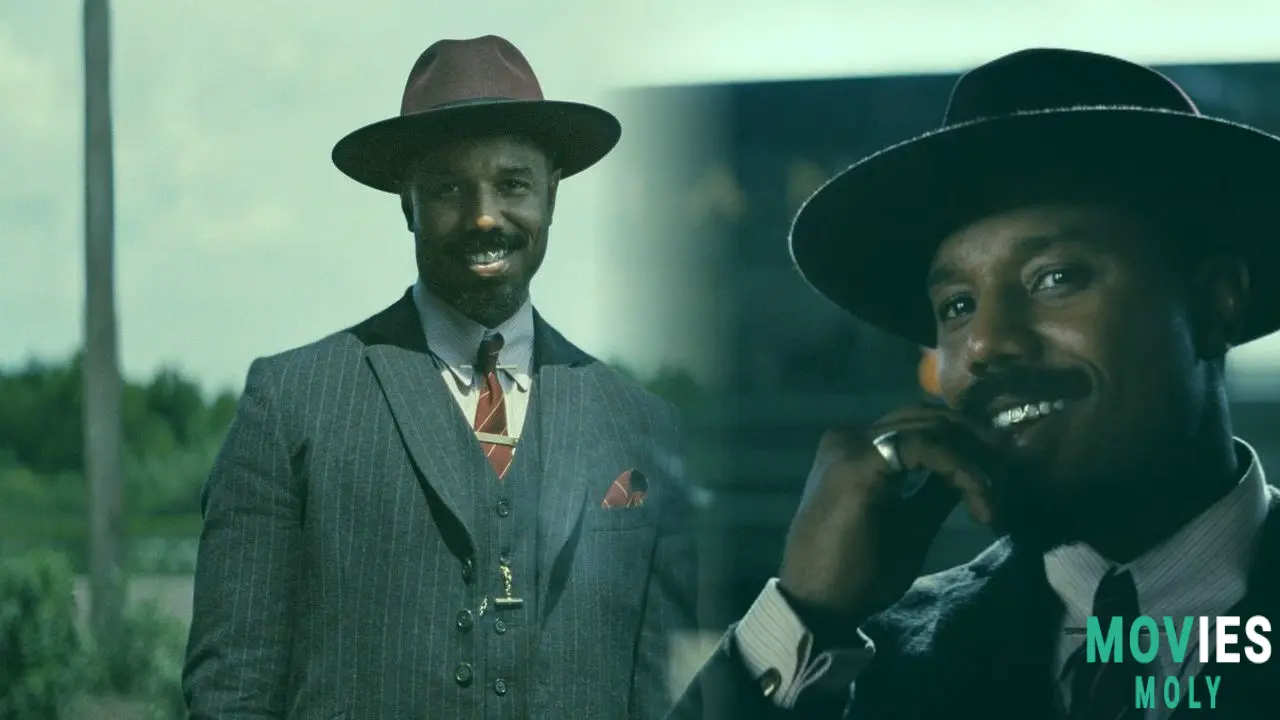By Nicolas Ayala
After carving his name into the fabric of modern blockbuster cinema with Black Panther and Creed, Ryan Coogler is now tearing that fabric apart—and remaking it in his own image. With Sinners, Coogler delivers not only his first entirely original screenplay, but his most personal and daring film yet. A blood-soaked, soul-infused vampire thriller set in the Jim Crow Deep South, Sinners is a genre alchemy that tastes like cinematic gumbo at its most potent.
How Coogler Transformed the Blues Into a Supernatural BattlegroundCoogler’s Sinners takes place over the course of a single night in 1932 Mississippi, following a pair of identical twins—both played by Michael B. Jordan—who return from the trenches of World War I and the underworld of Chicago bootlegging to face a sinister coven of vampires. But this isn’t just a period horror film. It’s a love letter to the blues, a mythic reimagining of a time and place where music was *everything*—and where its emotional power was strong enough to lure even the undead.
“The vampire was always the spice,” Coogler said in a recent interview. “Gumbo has to hurt a little bit. If you serve me gumbo that doesn’t hurt a little bit, it’s not right.” That’s Sinners in a nutshell: a spicy, emotional, and thrilling mix of metaphor and mayhem. The vampires aren’t just monsters—they’re a reflection of oppression, desire, and decay. And the blues musician Sammie Moore’s (Jordan) hypnotic performances are weapons of soul-soaked salvation.
The One Scene That Connects the Past, Present, and Eternal
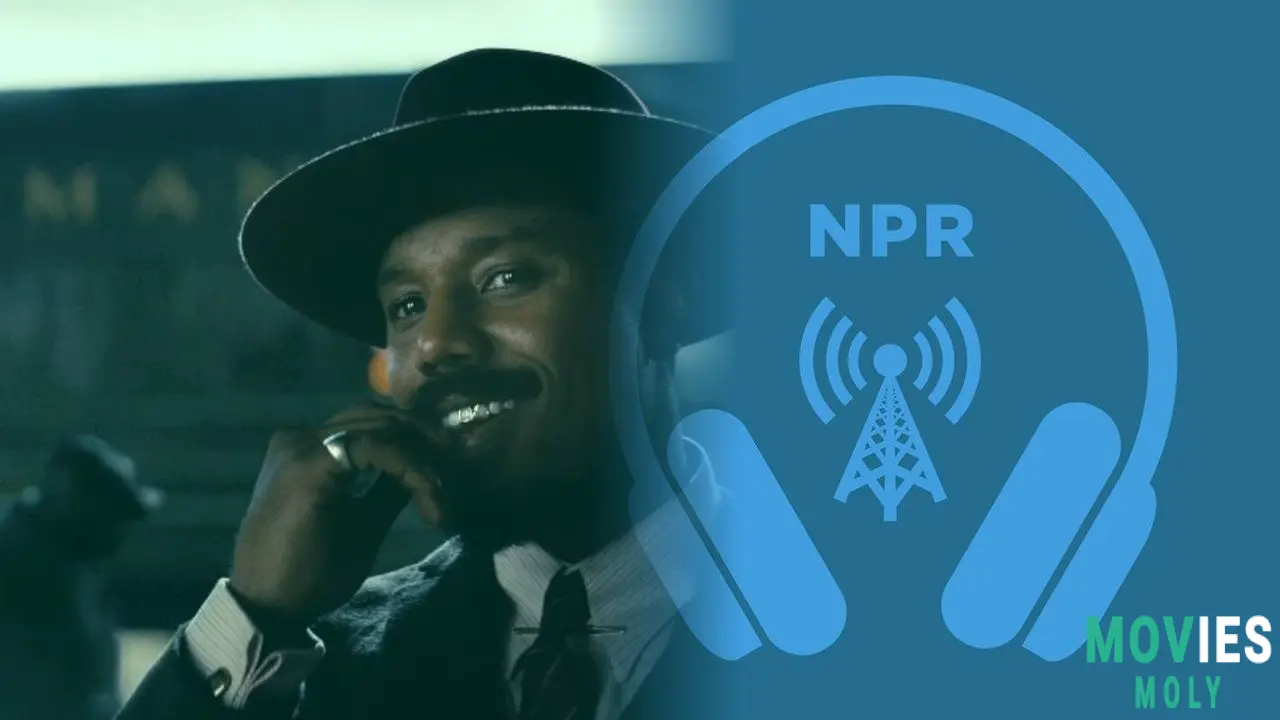
One of the film’s most electrifying sequences was a late addition to the script—a time-bending musical montage where Sammie’s performance pulls dancers from different eras into a communal trance. It’s a moment of pure cinematic joy that Coogler calls his “film language” breakthrough.
“It wasn’t even in my first draft,” he admitted. “But when I got to that moment… I had to do this. I had to show how this music reaches through time.”
That sequence doesn’t just celebrate the blues—it makes it a supernatural force, a living thread connecting generations of Black experience, joy, and resistance. It’s the kind of scene that turns a viewer into a witness, making the theater a sacred space for a shared cultural ritual.
Michael B. Jordan’s Dual Performance Pushes Him Into Uncharted Territory
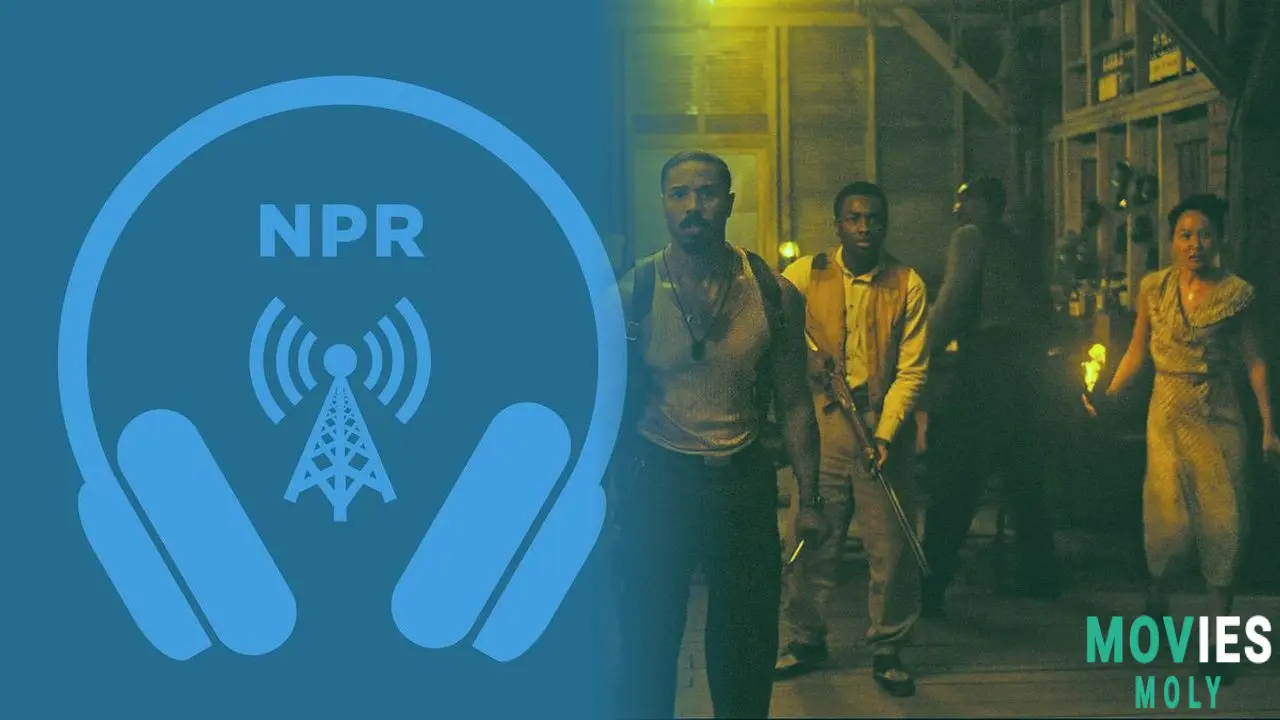
Coogler’s long-standing creative partnership with Michael B. Jordan reaches new heights in Sinners. Playing twin brothers Stack and Smoke, Jordan delivers two distinct, fully realized performances in a role that pushes both actor and audience to keep up.
“This was his most challenging job,” Coogler said. “We had to talk more than ever… and he even had to work with his own double. He [Percy] had to be there for him, and sometimes he’d have to communicate in ways that were more…intimate than I could.”
And Coogler isn’t just testing Jordan’s range—he’s subverting audience expectations. Stack is closer to who Michael really is, while Smoke is darker, more manipulative, and unnervingly mercurial. As someone who’s watched Jordan evolve from the man in Fruitvale Station to the superhero in Wakanda Forever, Coogler says this is the kind of role that *redefines* what we think a “movie star” can do.
Originality in a Market That Rewards Familiarity
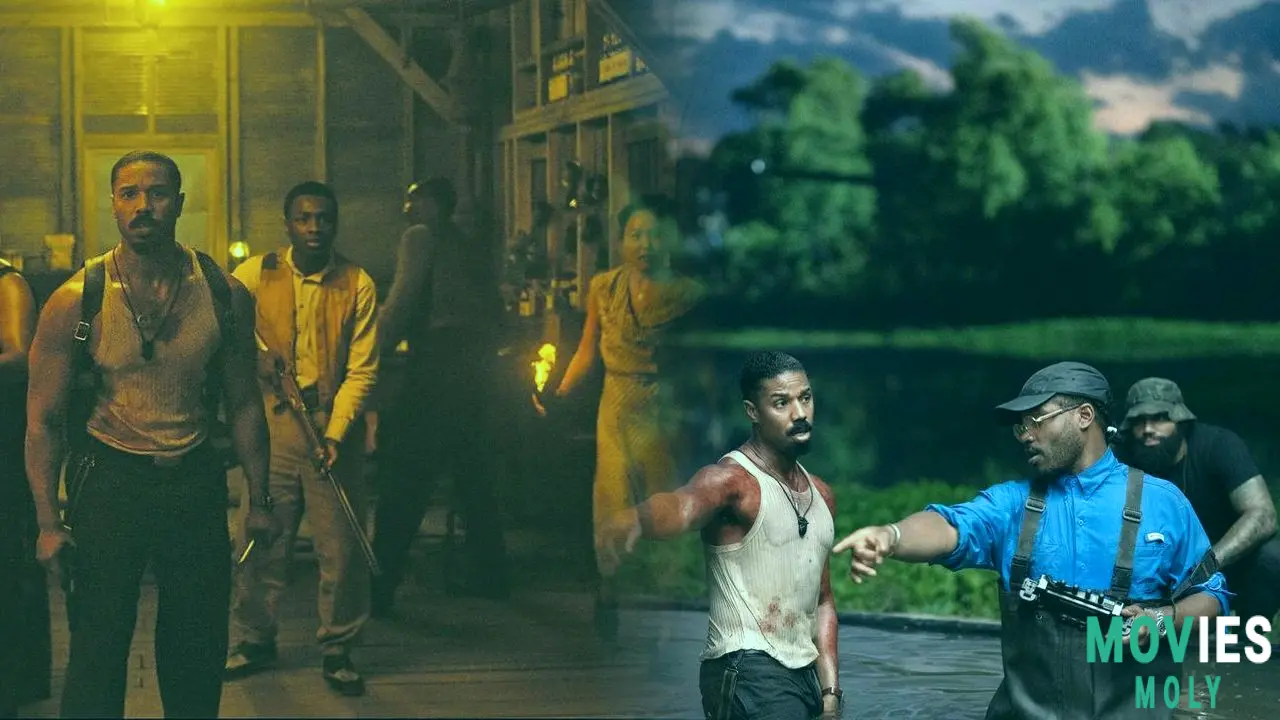
It’s telling that Coogler describes Sinners as the film where he “didn’t want to hide anymore.” After working for years within the safe walls of franchises and IPs, he’s stepped into the arena of original storytelling—with nothing to shield him. And the risk is paying off, big time.
Sinners opened to $48 million last weekend and is projected to pull in up to $30 million in its second weekend. That’s more than most original films manage in their entire run. It’s a box office win born not from brand recognition, but from pure creative energy—and the audience’s hunger for something real, wild, and unforgettable.
“I got afraid, bro,” Coogler admits. “It's easier to hide behind a superhero suit. But I didn’t want to look back and say I was chickenshit.”
Myth, Music, and the Monster as Metaphor
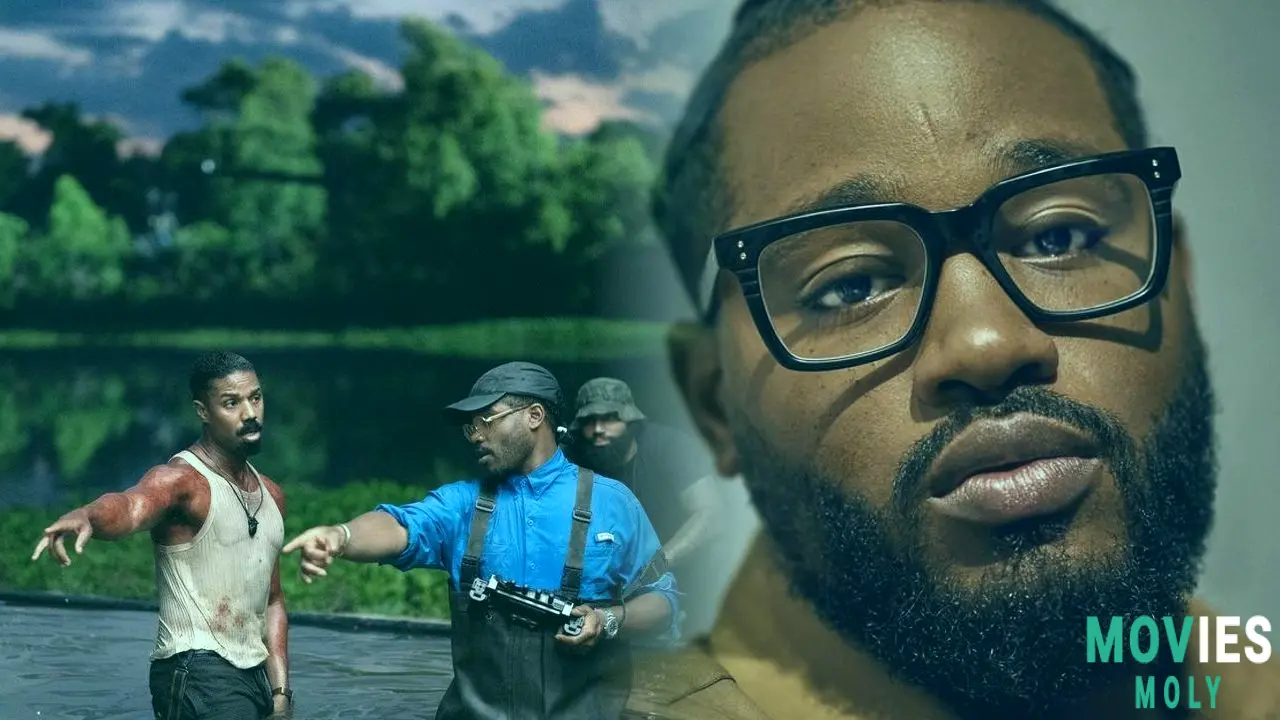
Every element of Sinners feels carefully chosen to serve a deeper purpose. The setting of Mississippi’s Delta—where Coogler never lived but deeply connects to through family—is portrayed as both real and mythical. The twins, inspired by Coogler’s own experience with family and his fear of doppelgängers, move through the world like archetypes and legends. Even the vampires, led by the cunning Remmick, are drawn not just to blood, but to *meaning*—to the music that threatens to expose their hollow eternity.
Coogler peppers the film with references that only sharpen its emotional impact: characters named after blues songs, lines that echo old films, and a storytelling rhythm that borrows from Salem’s Lot, Do the Right Thing, and From Dusk Till Dawn. He calls it a “24-hour movie” in the tradition of Rodriguez and Lee—a cinematic jam session where genre tropes are played like instruments, not glued to.
Looking Ahead: More Sinners or Another Black Panther?
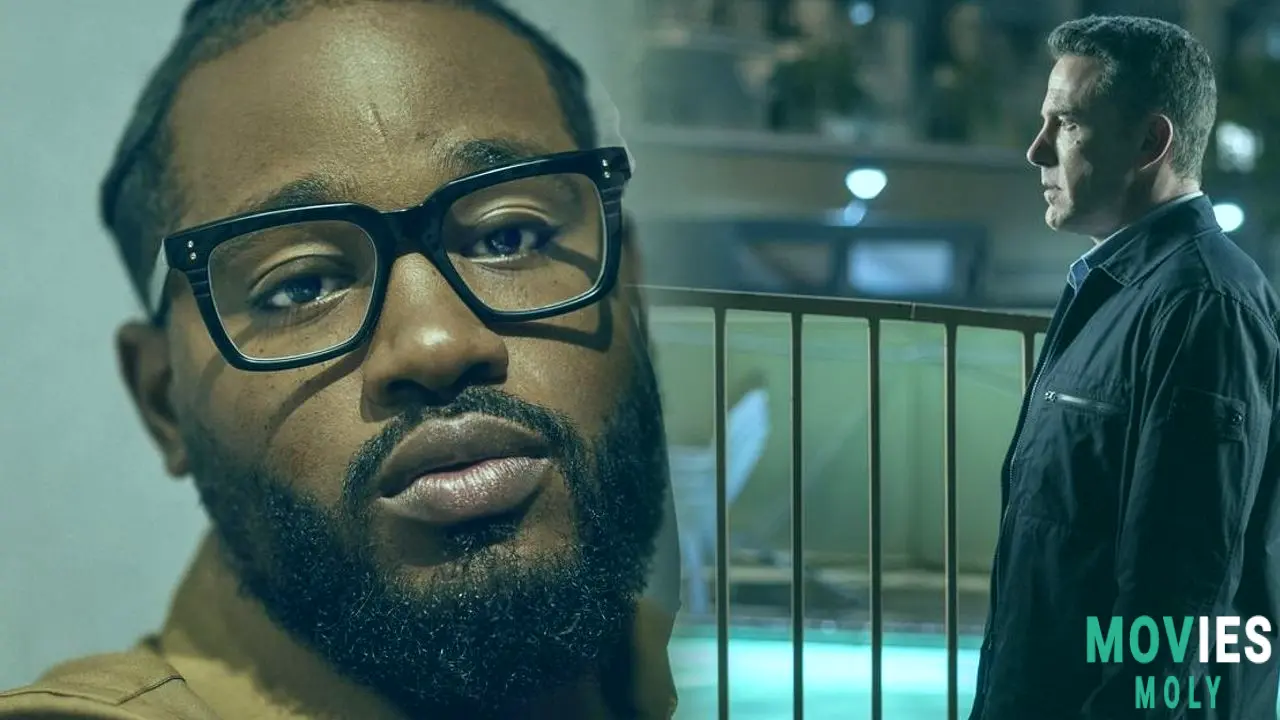
When asked if he plans to return to franchises like Black Panther, Coogler doesn’t shut the door. But he makes it clear where his passion lies.
“Not everybody can do this, so I feel a responsibility,” he says. “I want to keep making original stuff. That’s where you push the medium. That’s where you really live as an artist.”
And with Sinners, Coogler hasn’t just pushed the medium—he’s pulled it into the trenches, the juke joints, and the blood-red moonlight of a world that’s never looked (or sounded) more alive.

